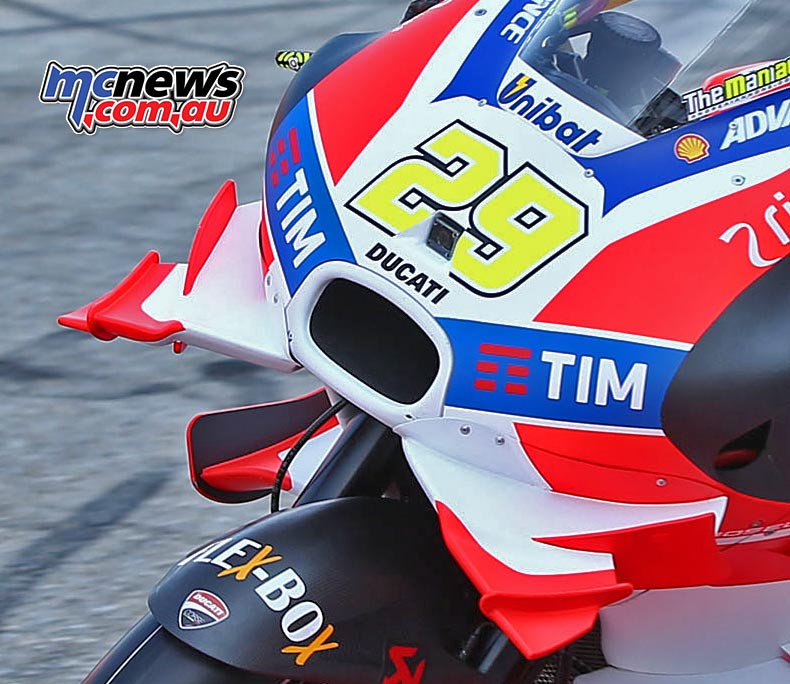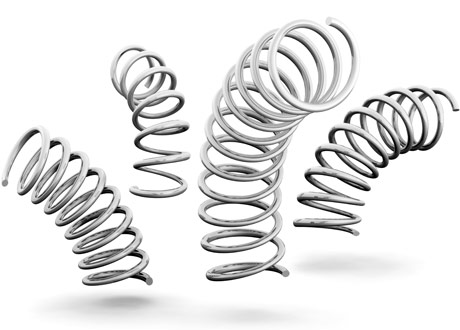Rebound Mode – By Phil Hall
As enthusiasts we’ve become accustomed to the ever-changing world of Grand Prix racing. Indeed, lately, it seems to be happening every race, not just every season. The authorities now seem to think that it’s perfectly fine to move the goal posts after the game has started (forgive the mixed metaphor) and change minor (and sometimes major) details at will.
“Wings” were “in” and now they’re “out.” Numerous changes have been made to the ludicrous “penalty points” system over the last little while and it seems like there is almost constant “tinkering” going on. There is a danger here and it needs to be noted.

My father used to have a saying that it was always an unwise thing to be living in what he called, “rebound mode.” This is the situation where we only ever do anything as a response to what someone else has done. Our 21st Century society is an example of rebound mode at work.
Nobody, be they individuals, corporate entities or governments seems to act proactively. Instead companies and governments employ teams of consultants whose sole job is to observe what the opposition is doing and attempt to forestall it.
Given the level of scrutiny that is out there, it’s not surprising that people are now preoccupied with watching their back rather than looking forward. Nowhere is this more evident than in the automotive and motorcycle industry. Today’s offerings of bikes and cars are all examples of designs that have their roots in rebound mode. Let me give you an example.
This week, pictures were “leaked” of Suzuki’s new 250 road bike. It would be a fascinating exercise to line up the existing 250’s with the new one and see how boringly, tediously similar they are.
In fairness it must be said that Honda’s 250, styled very much after the VFR1200, was an innovative design. But it was whitewashed in the market by the Ninja so the new Suzuki will look like the Ninja. Answers on a postcard if you can tell me just how this makes sense.
As an aside, an even more glaring example from the four-wheeled world. The unlamented AU Falcon was one of the most innovative designs of modern saloons in terms of styling that we have seen in quite a few years.
Yes, it was a good car but the conservative Australian car-buying public couldn’t see past the fact that it was ugly. What was Ford’s answer? The BA. Based on the same basic body shell but with the front and rear styling “toned down” to make it more acceptable. It was common at the time to hear people asking why Ford built a Commodore…
Why indeed? Because we are living in rebound mode. We are afraid to innovate for fear of our competitors catching us out. We watch what they do then we slavishly follow them, usually lagging a step or two behind. And the price we pay is crushing boredom.
Thankfully there are still some innovators out there but they fly on the edges at great cost, to themselves and to those who share their dreams. The sad case of Erik Buell is the salutary lesson here. Even if they manage to produce a product that breaks the mold, the cost to the consumer to get on board is usually unacceptably high.
You see, it’s all about the bottom line. The final decisions about the configuration and specifications of your new bike are not made by riders, engineers, mechanics and testers, they are made by accountants.
Rebound mode. Our governments are great at it. Something happens that they weren’t expecting, there is a public outcry, what do they do? They make some new laws. Well, hello people, laws are only followed by honest people, the dishonest will continue to break them no matter how draconian the penalties are that go along with the legislation.
Sadly, law-making has long since ceased to be an exercise in doing what is best for the population and has become a means of state control of the population. If you don’t believe me, look at the outrageous 1984-style regulations and penalties for non-compliance surrounding the Census this year.
Getting back to MotoGP then, does the tinkering with the rules that we are seeing represent innovation? No, it represents the authorities rushing along behind the game, plugging holes when and as they appear.
Why is this so? Because DORNA is selling you a product and it wants to make sure that it is selling as much of it as it can. A rider does something silly, incautious or perhaps even dangerous on the track, what is the reaction? An enquiry by Race Direction and a certain number of penalty points incurred. Mountains out of molehills.
In my day, the rider would get called up to the Steward’s Office. Arthur Bizzard would close the door and, sometime later, the two would emerge, they would shake hands and it wouldn’t happen again. I acknowledge that the stage is bigger, but the principle still applies.
And now we have the brain-dead idea that we should have pit-to-rider radio communication during the race. No surprise who is pushing the idea, but it’s dumb. “But Formula One have it and it’s interesting for people to be able to hear what’s happening,” some say. Oh, really, and since when do we hold up multi-million dollar slot car racing as being something that we should emulate?
I bet, however, that it will get tried and DORNA will have another toy with which to play.
It’s time to stop “tinkering.” Time to give the manufacturers and the fans some certainty and some sense that the organisers are ahead of the game instead of constantly playing catch-up. Time to get the focus back on the important issues rather than the minor, peripheral ones.
It’s time to stop running MotoGP in rebound mode.
























